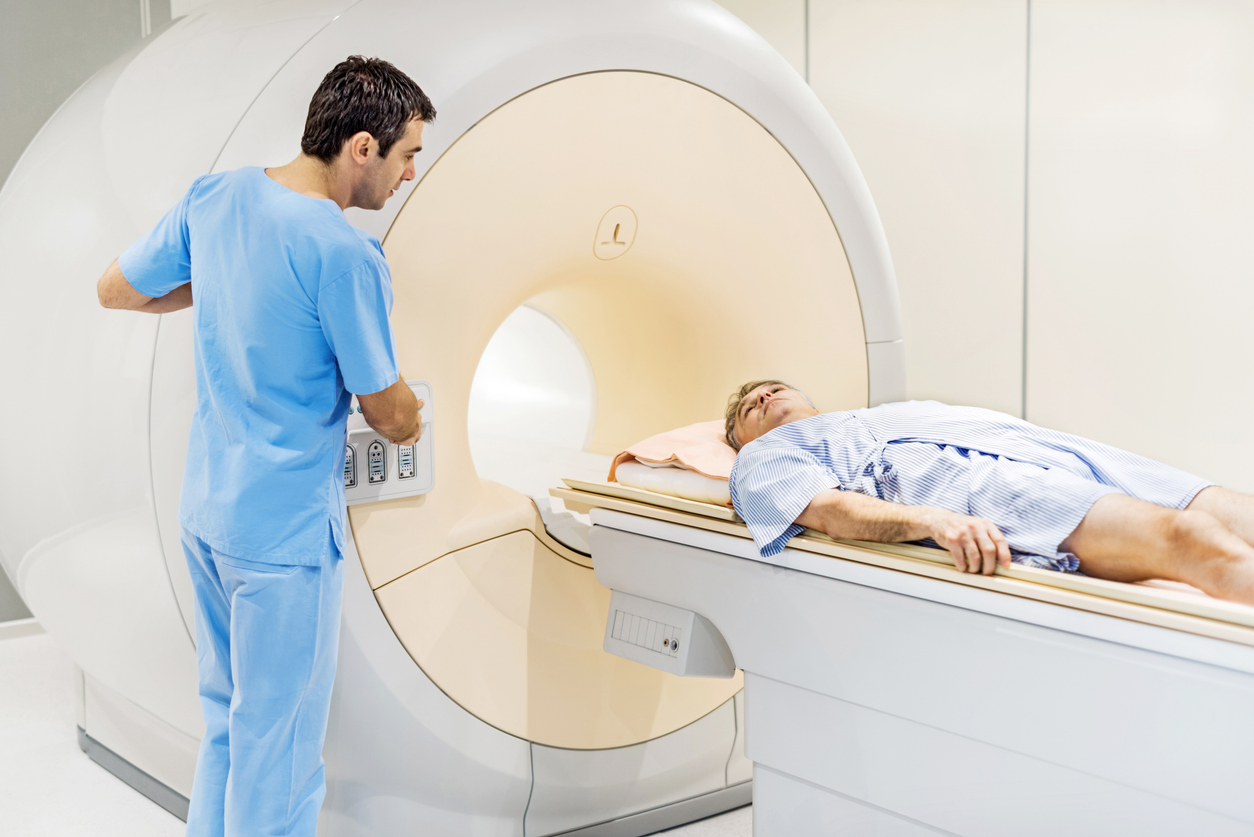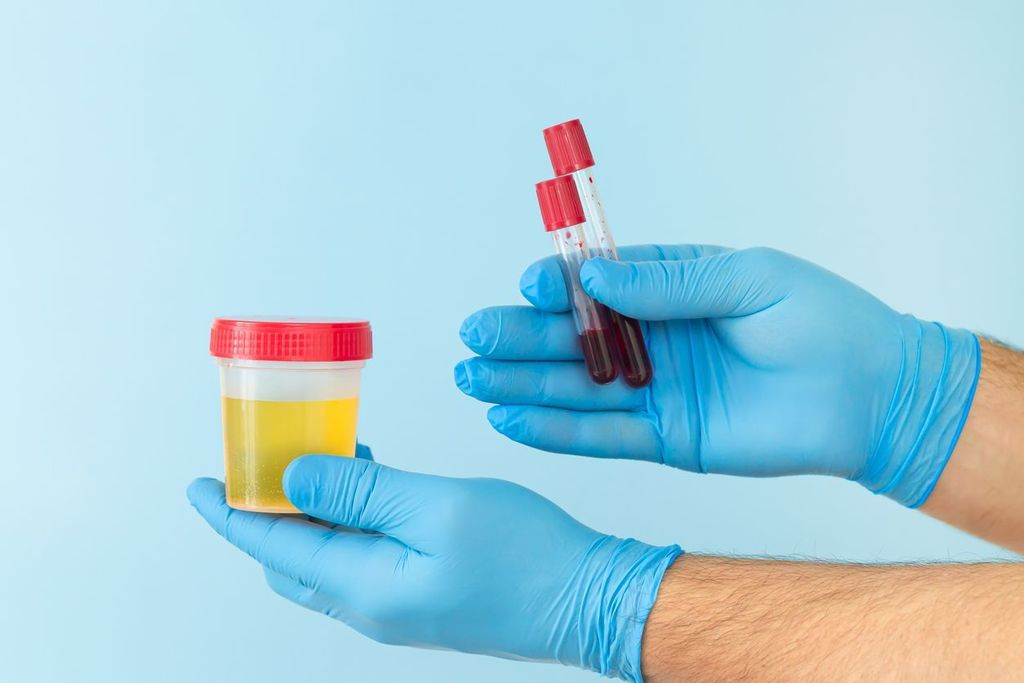Interpreting Your PSA Level
A blood test for PSA can be used to detect prostate cancer when no symptoms are present. It can help catch the disease at an early stage when treatment is thought to be more effective and potentially has fewer side effects. During a PSA test, a small amount of blood is drawn from the arm, and the level of PSA is measured.
After your PSA test, your health care provider may perform a digital rectal exam (DRE), in which a gloved, lubricated finger is inserted into the rectum to examine the prostate for any irregularities in size, shape, and texture, as well as assess for tenderness. Note that the DRE cannot feel prostate abnormalities in the anterior (forward) area of the prostate, away from the rectum, and is often most useful only when the prostate cancer has grown sufficiently to cause cancer that can be felt with a finger.
Historically, many physicians used a PSA of 3 or 4 as the borderline between “normal” and “abnormal.” We now realize this assessment is more complicated, and a high PSA doesn’t always mean cancer. A high PSA may be due to infection or inflammation of the prostate (prostatitis), prostate growth, or another benign cause. PSA increases with age, and your PSA should be compared with normal values for men in your age group. For example, the average PSA for younger men (aged 40–49) ranges from 0.5–0.7 ng/mL, and men with a PSA above the median are at higher risk of later developing prostate cancer. However, it is important to understand that a PSA above 3 or 4 may suggest the need for further testing, such as imaging, other blood tests, or a biopsy.
A small but important proportion of men are at increased risk of prostate cancer due to them carrying an inherited cancer risk gene mutation (e.g., BRCA2) or having a strong family history of cancer. People with at least one first-degree relative (such as a father or brother) who has/had prostate cancer may start PSA screening earlier.
In rare cases, men who have a very low PSA may still have clinically significant prostate cancer. Unfortunately, in most of these cases, disease does not present until it has progressed beyond the prostate and become symptomatic. Your urologist will consider your PSA levels in light of all of these factors.
Last Reviewed: 12/2023






